Creating a buzz for your brand – the undeniable power of reactive marketing
The global IT outage, which caused most of the world to grind to a halt a couple of weeks back, was a bit of a wake-up call in terms of how much we rely on technology for our day to day lives. Flights, hospitals and payments were all affected along with every IT person’s weekend plans.
But in the middle of all the IT chaos there was a glimmer of humour. Both Decathlon and KitKat used the CrowdStrike debacle to promote their own brands. Decathlon produced an updated version of the “blue screen of death” and encouraged people to get outside,
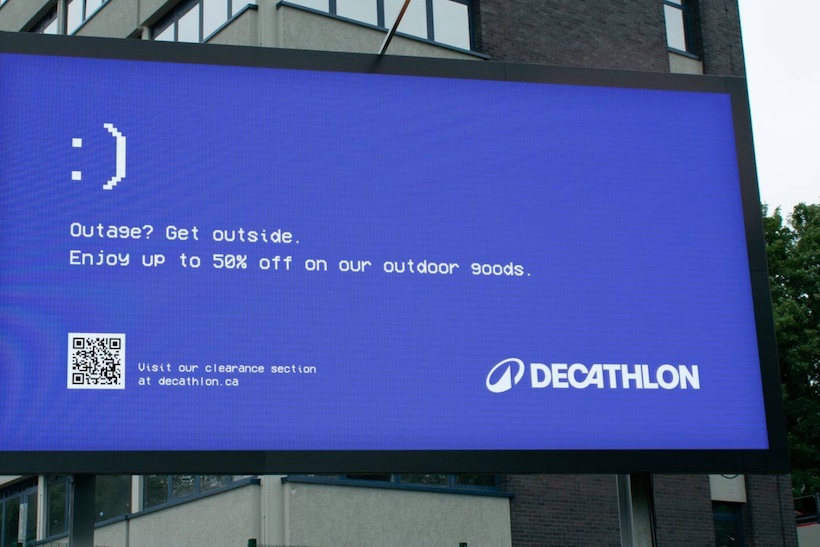
while KitKat also mocked up the screen but in KitKat red and tweaked their iconic strapline to suggest people should ‘have a break and recharge too.’
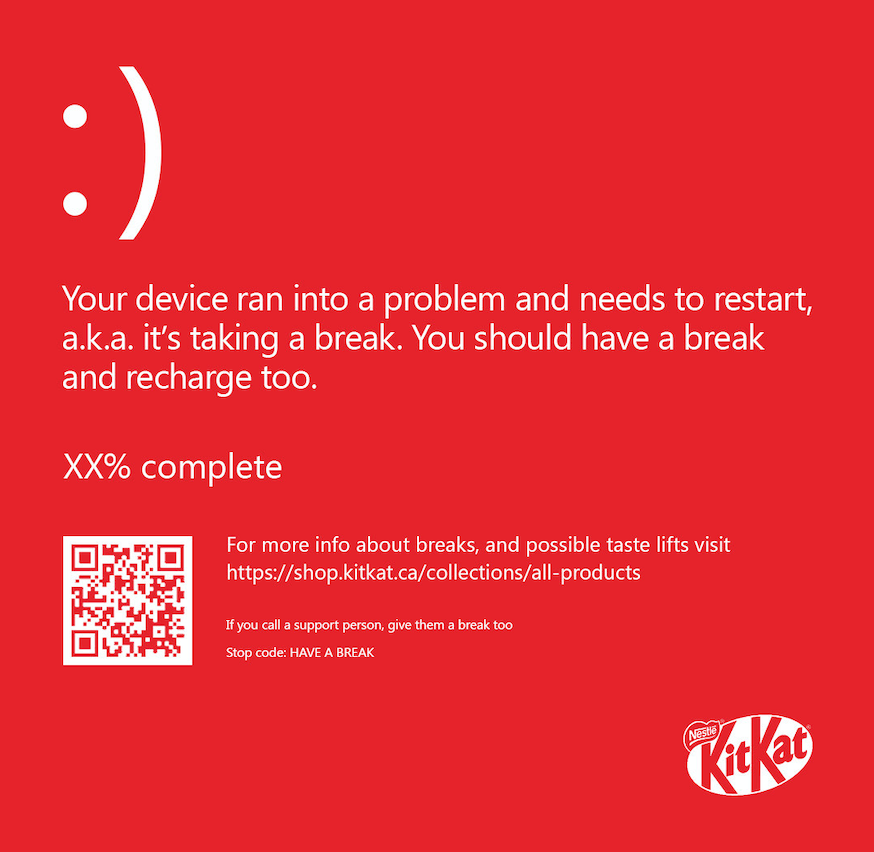
Both these are wonderful examples of reactive marketing at its best, which begs the question why more brands didn’t join in to give us some much-needed light relief? Well, as we find out, it’s not necessarily that easy, although judging from our 5 favourite campaigns it’s pretty amazing when brands get it right.
What is reactive marketing?
Reactive marketing is just what it sounds like – marketing that isn’t planned around long-term goals but rather is done as a response to current events or situations going on in the world. Taking the form of impromptu posts, campaigns or ads, its purpose is to capitalise on what’s happening to create a bit of a buzz and steal a bit of the action. Walkers did exactly that when England got through to the Euro 2024 semi-final, with their ‘In the Bag’ creative. Given they weren’t an official sponsor of the Euros this was a savvy way of putting their brands in front of consumers and ensuring they were part of the conversation.
But why do brands bother with reactive marketing?
As Walkers demonstrated, reactive marketing is a fantastic way of getting a bit more exposure for your brand. Not only does it put your brand in front of potential new customers, but it also shows you’re in touch with what’s going on and with what people are actually interested in. This can help a brand appear more relatable and “down with the kids”, and as a lot of reactive marketing tends to lean towards the humorous it can see engagement levels go through the roof.
This is exactly what happened to Heineken back in 2021 when the European Super League, a new football competition, was announced. As proud sponsors of the UEFA Champions League since 1994, they adapted their responsible drinking campaign with this cheeky response. Given they could have been first in line as a sponsor for the new Super League, it was a brave move, but one that garnered a lot of positive attention.
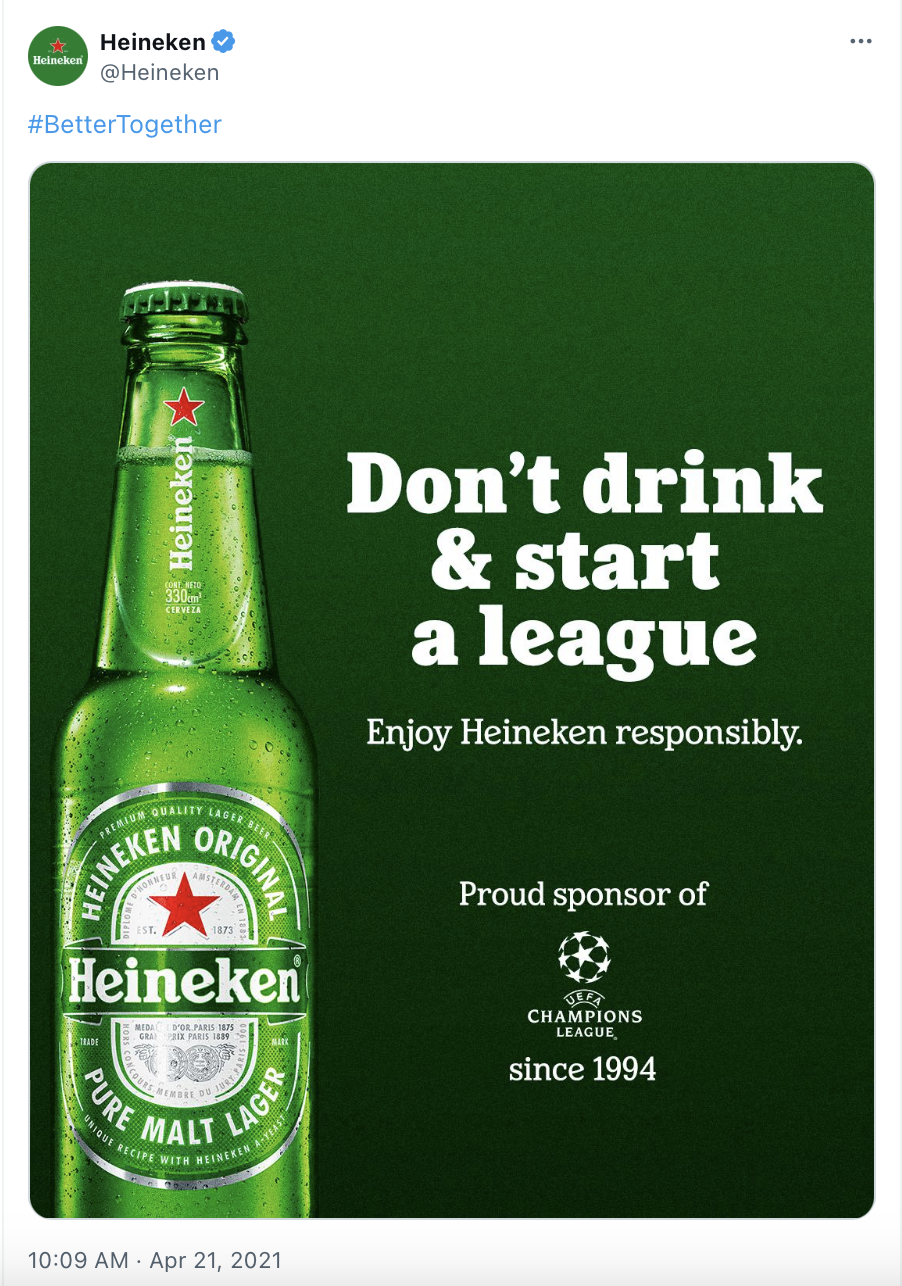
But does reactive marketing have disadvantages?
The biggest problem with reactive marketing is you need to be quick. Post something too late and your brand will seem to be out of touch, a bit slow on the uptake or even worse, a bit desperate!
And because it needs to be quick, there is always the risk of bad copy, bad imagery, producing something which isn’t quite on brand, or even worse something which is just plain wrong! This post from Cinnabon when Carrie Fisher passed away in 2016 was well-meaning but also tone deaf. It was deleted 45 minutes after being posted following a massive backlash from fans.
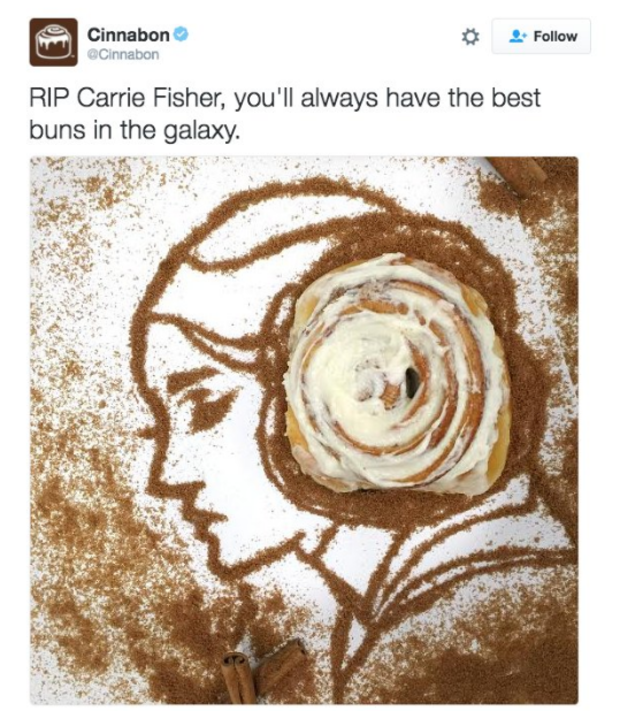
And if you are going to jump on a trending hashtag, make sure you know what it’s about first. Using a hashtag which is showing support for victims of a terror attack to promote your new hotel is not a good idea. And if you are going to do that, at least spell the hashtag right!
Our top 5 favourite reactive marketing campaigns
But over the years, a number of companies have hit the jackpot when it comes to reactive marketing. So, without further ado, here are our top 5 favourites.
1. Oreo wins Super Bowl marketing with this slam dunk
Attracting live TV audiences of approximately 100 million, Super Bowl has become as famous for its ads as it is for its sporting action. It’s why brands vie to buy one of the extremely rare advertising slots, but back in 2013 Oreo lost out. Then Superdrome experienced a power cut while live on air. Unsurprisingly, viewers scurried to social media to vent their frustration, where Oreo was waiting in the wings with this absolute belter.
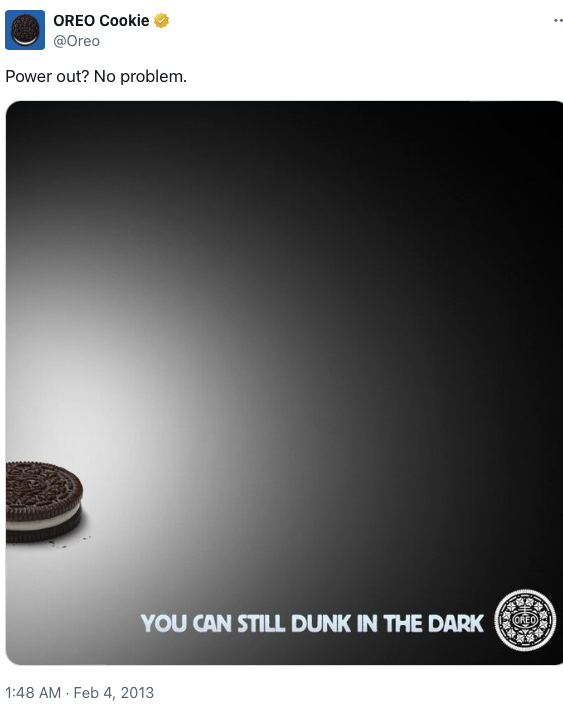
Not only did they ‘win Super Bowl marketing’ that year, they also saved themselves millions on advertising costs.
2. Stanley show how it’s done
Reactive marketing doesn’t necessarily have to be about producing a timely post or ad, it can also be about responding to a situation in an appropriate and thoughtful way.
Over the last few years, Stanley cups have become the cup to have, partly down to Stanley deftly using user-generated content to showcase real customers’ experiences. And this marketing tactic was in full force in November 2023, when a woman posted a video showing her burnt out car but with a Stanley Quencher tumbler sat inside still intact.
Stanley swung into action. They stitched the original video together with their President, Terence Reillyoffering the unfortunate woman not just a new tumbler, but also a new car. A personable, caring and truly epic response which went viral and successfully attracted Stanley legions of potential new customers.
@danimarielettering What a journey, thank you all sooo much for being here for it. I cant say it enough, this wouldnt have happened without every single one of you. Love you and @Stanley 1913 thanks for changing my life ❤️❤️❤️
3. Boris goes job hunting
If you want reactive marketing to be really successfully, then ideally you want to find something which is truly unique. Not always easy when other brands might be jumping on the same bandwagon.
But that’s exactly what Madame Tussauds Blackpool managed to do when Boris Johnson resigned as Tory leader. They stuck his waxwork outside the local job centre!
4. It actually came home
When the Lionesses did what the Lions have never managed to do, and actually won the Euros, brands unsurprisingly had a field day.
As well as Specsavers, Weetabix and Royal Mail getting in on the act, Sainsbury’s went full Swede, Carrot, Lime. Absolute genius, once you realised it was a swede and not a turnip!
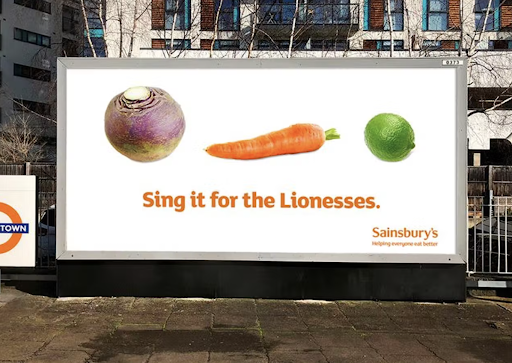
5. Should have gone to…
Nobody can forget when the wrong winner of the Best Picture was read out at the 2017 Oscars, but it was like the situation was made for one company, and one company alone – Specsavers! The image may not be up to their usual standard, but when you’ve got one of the most iconic straplines in history, who cares?!
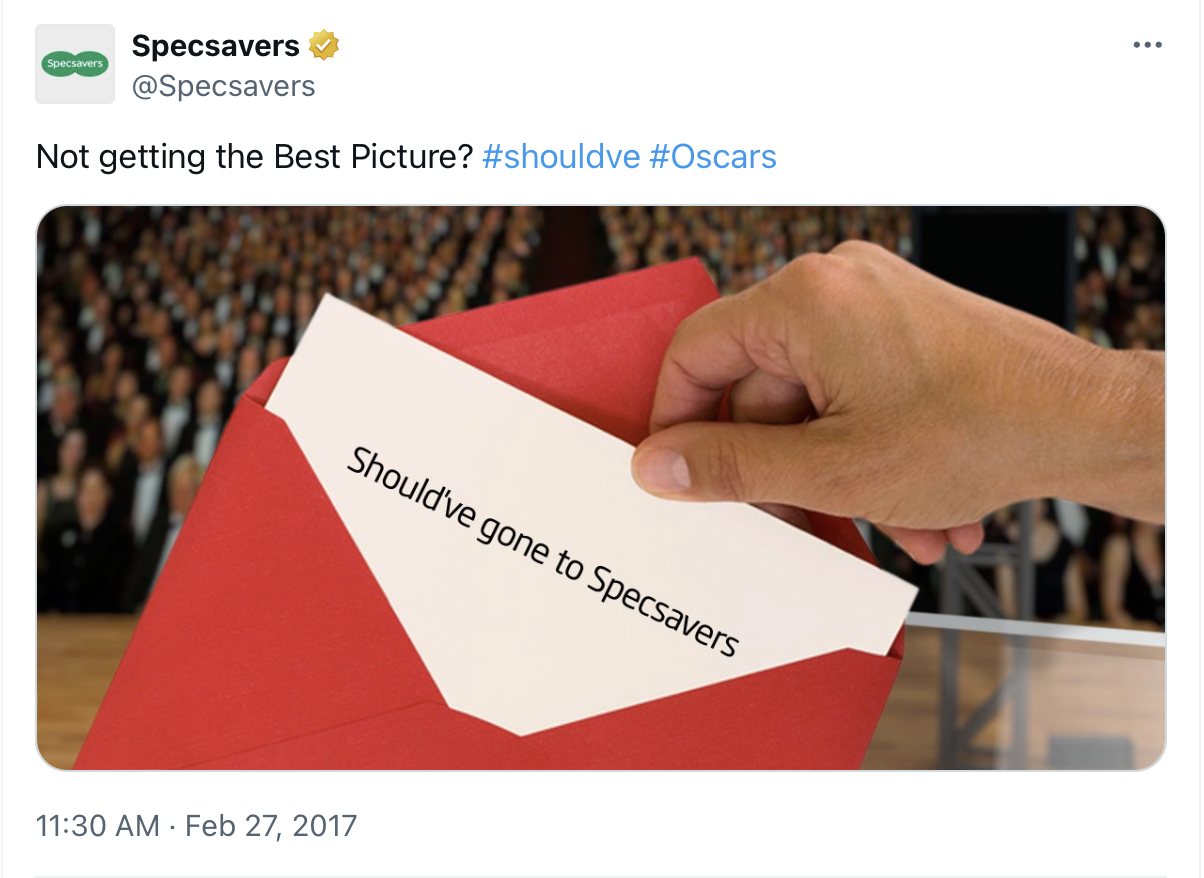
Great campaigns which will no doubt stand the test of time and demonstrate why reactive marketing is definitely a tactic to add into your marketing strategy. Just try not to do a Cinnabon!
